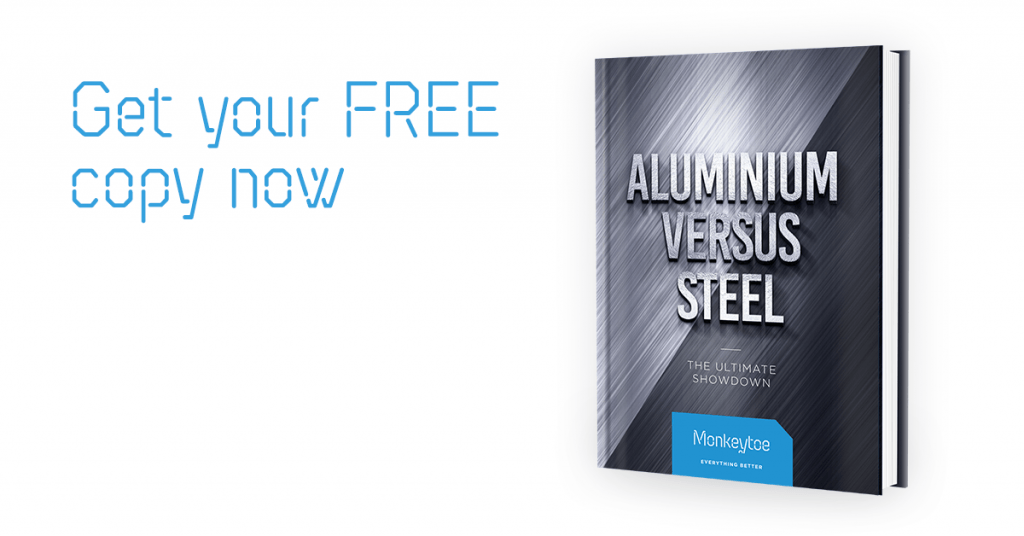At first glance, it might be difficult to tell what the Empire State Building, the church of San Gioacchino in Rome, and structures at Auckland Airport and the Port of Auckland have in common, but it comes down to their use of aluminium.
From aluminium’s historical heyday as one of the most precious metals around, to becoming a more commercially viable construction material in the last few decades, aluminium has long had a reputation as a premium, quality product.
However, the qualities of aluminium provide specific benefits when it comes to the construction of roof structures, including the platforms and mounts for HVAC units that sit on the roof. When pitted against other alternatives like steel, aluminium and its alloys have the upper hand as the building material of choice for these sorts of applications.
And it’s plain to see why…
Aluminium is highly robust
Most aluminium – and certainly all the aluminium used in the mounts and platforms we manufacture here at Monkeytoe – is marine grade, high-tensile aluminium. The maximum possible protection against corrosion is essential in a country like New Zealand, where even our innermost region is still only 120kms from the coast.
However, it’s not only due to location that aluminium’s non-corrosive properties are important. Aluminium’s naturally non-corrosive properties give installers so much more flexibility. When it comes to making alterations or drilling holes on site, this is like opening up a seal on steel or anything galvanised, whereas aluminium remains protected.
Aluminium is lightweight
At only 1/3 of the weight of its steel equivalent, aluminium is a lighter alternative. And it follows that when it comes to anything on the roof, weight is an important factor. A roof is the worst possible point to have excess weight for earthquake loading.
When the use of aluminium is considered in the early stages of design, its weight difference can significantly reduce the sizing of the substructure required – allowing architects to minimise the dead load on supporting structures, without compromising the strength of a building as a whole.
Aluminium can be quickly and easily installed
With its lighter weight comes ease of installation, cost savings in the labour and equipment required to get components into place, and reduced risk of damage to the product and surrounding structures in the process.
Aluminium can be modular
Aluminium is one of the few metals that can be cast using any metal casting process – from die casting to sand casting or permanent mould casting. Its versatility and malleability allow for the creation of modular mounts and components, which result in easy and fully adjustable assembly. However, if the standard sizes don’t suit, that’s easily solved too. More ductile than steel, aluminium can be spun into more intricate shapes without cracking and rupturing – and our consultants frequently work with clients on special, customised designs.
Aluminium is good to go
Where they are being used for structures that will support more than 500kg, all our components are supplied PS1 ready – which means they are all set for council sign off. In this way, aluminium also comes with peace of mind.
Aluminium may once have been known as the metal of kings, but today it is a versatile and sustainable material that continues to revolutionise the manufacturing and construction industries. In Monkeytoe’s application, it’s pre-engineered, with all of the design work done up front for a simple solution.
In the showdown against steel, we believe aluminium clearly has the upper hand. To understand more, download our full ebook for a deep dive into aluminium versus steel.



